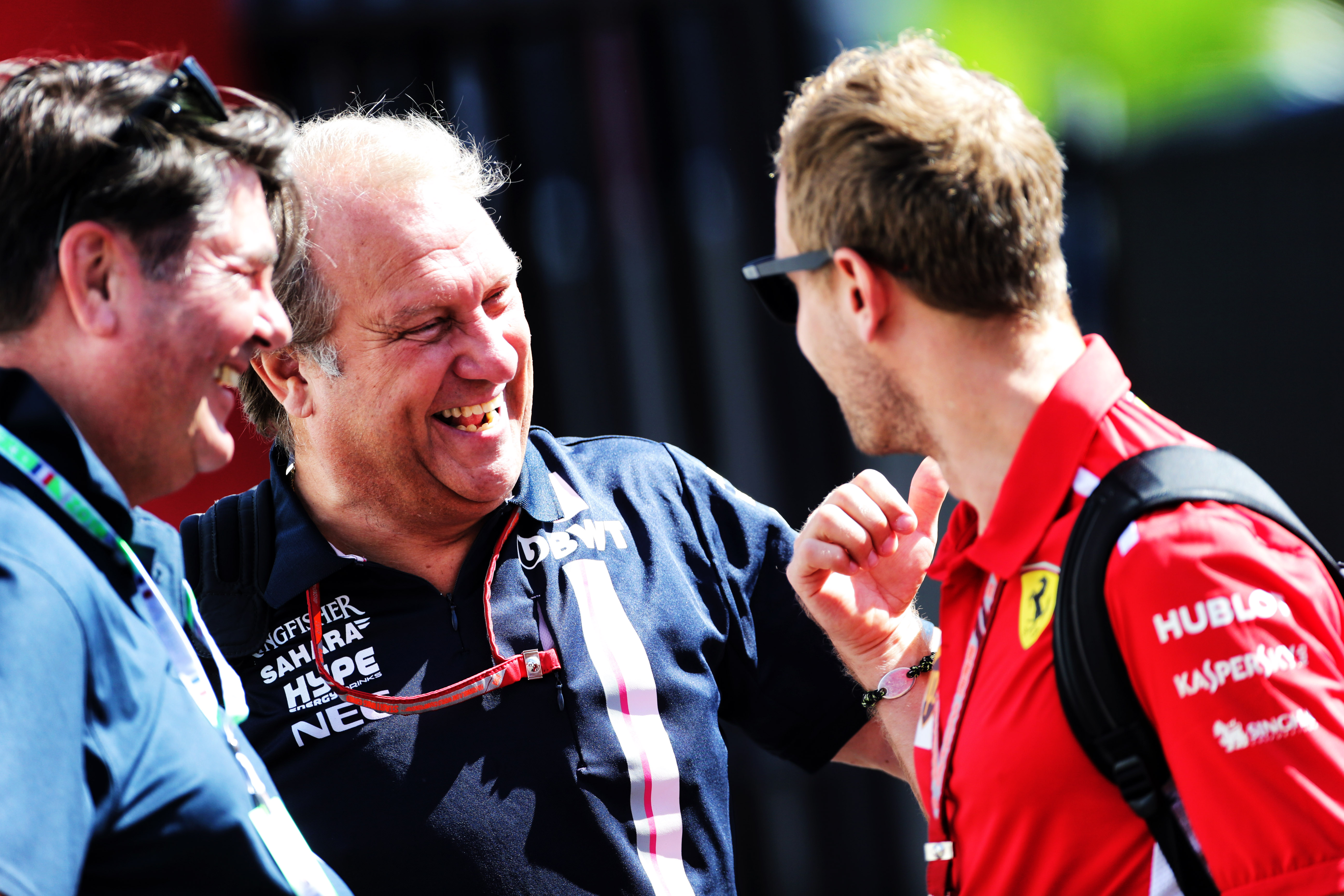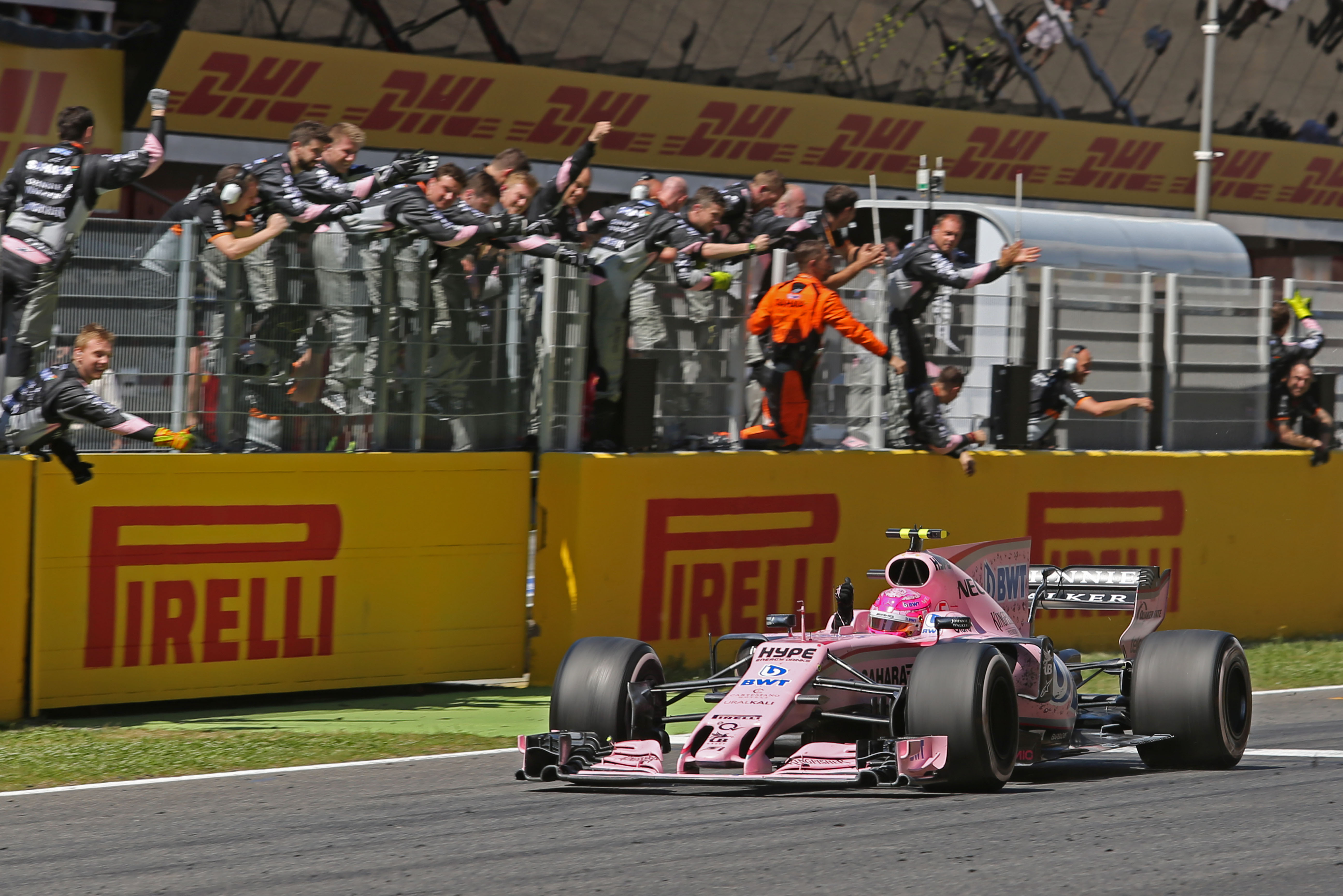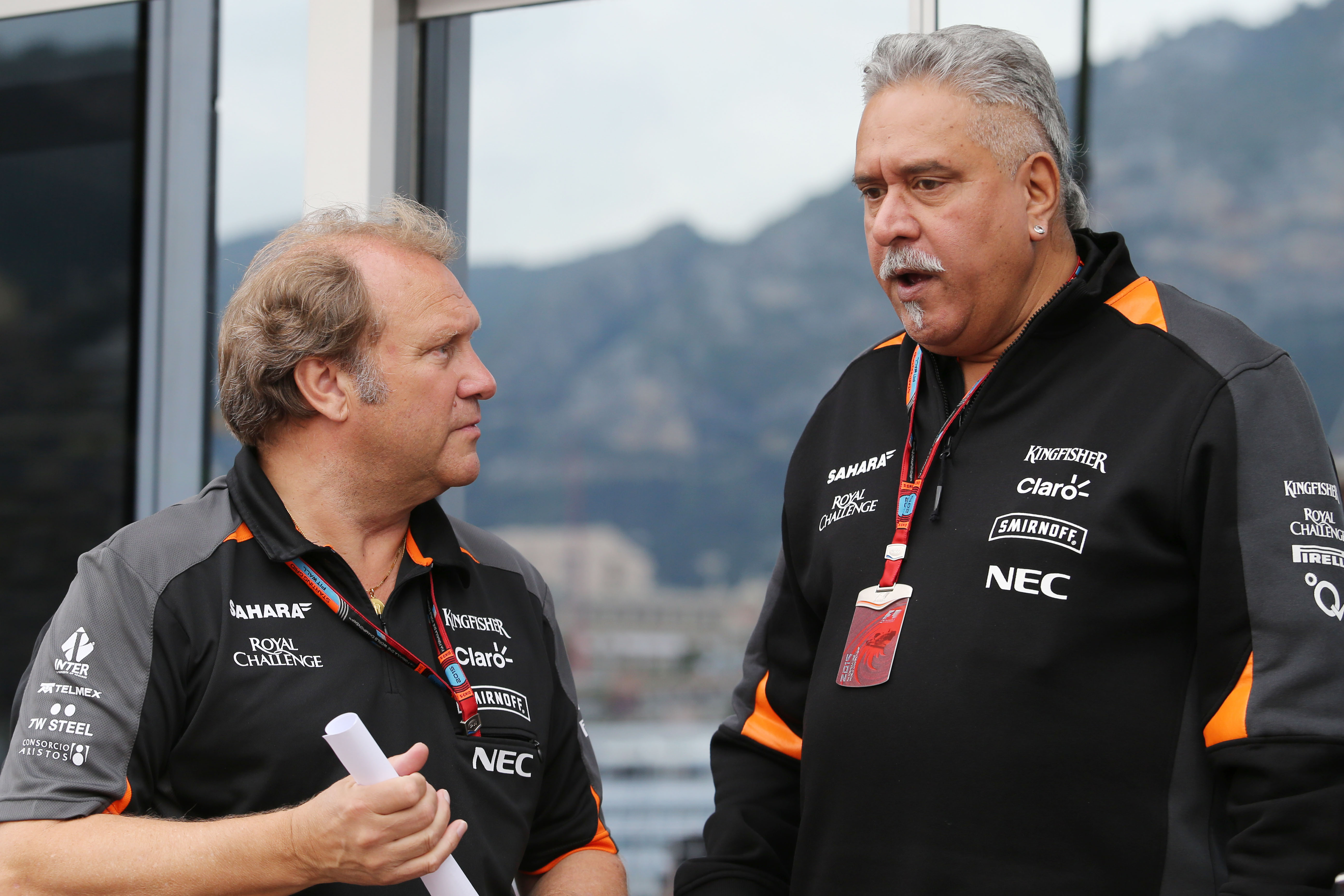Up Next

Bob Fernley, best known for his time as deputy team principal with the Force India Formula 1 team, has died at the age of 70.
Although Fernley’s title was ‘deputy’ he was the de facto team principal given owner Vijay Mallya was not heavily involved in the day-to-day running of the team and only sporadically attended races. This meant Fernley became an influential figure in the F1 paddock and a key player during tumultuous times in grand prix racing.

He had clear opinions on what direction F1 should take, and was not afraid to voice them either to the media or in discussions behind the scenes. While Force India was seen as something of an upstart, its success earned it a place on the ‘strategy group’ that steered F1’s direction in 2017 and ’18 – a body Fernley had been critical of in the past.
Fernley stayed with Force India from 2008 until its assets were bought by Lawrence Stroll in August 2018 after the team went into administration. During that period, Force India earned a reputation for punching above its weight, peaking with back-to-back fourth places in the world championship in 2016 and ’17. The team was subsequently reborn as Racing Point and is now Aston Martin.

Fernley’s relationship with Mallya stretched back to their first meeting at a chilly Stockport railway station on a December day in the early 1980s. Then, Fernley – who had dabbled as a racing driver himself – ran AMCO, which he described as “the first company to recognise that Formula 1 cars had historic value”.
Mallya was looking for an F1 car to race in India, where there was a thriving – if rough-and-ready – racing scene. AMCO had a range of cars available but Mallya eventually chose an Ensign N177 – the very car in which Nelson Piquet made his world championship debut – because, according to Fernley, of its “robustness”.
Fernley also agreed to travel to India to run the car. Mallya won the 1982 Madras Grand Prix at the Sholavaram airfield circuit on the edge of Chennai. Fernley then sourced him a ground effect Ensign N180B and Mallya won the race again in ’83. Although Mallya then stepped back from racing, he continued to enter the car and, still run by Fernley, Jim Crawford then took a Madras GP hat-trick.
Fernley also ran racing teams in his own right. Running under the ‘Team Ensign’ banner, Crawford won the five-race British Formula 1 Championship in 1982. Fernley then moved his team to the United States, running initially in Can-Am.
Running an Ensign-Cosworth built Can-Am car that was, at heart, a converted F1 car, Fernley Racing had immediate success with Crawford and won two races in 1983. The team later moved into the CART Indycar World Series and, under the Canadian Tire Racing banner, won at Road America in 1986 with Jacques Villeneuve Sr, brother of Gilles.
Fernley dropped out of motorsport at the end of the 1980s to focus on other business activities and returned to the UK before being tempted back in by Mallya’s offer to join the board of Force India. While initially he didn’t intend to take such an active role, inevitably that grew – particularly after the departure of Colin Kolles as team principal at the end of 2008.

After leaving Force India, Fernley remained involved with motorsport. He ran the unsuccessful McLaren Indianapolis 500 assault that failed to qualify with Fernando Alonso in 2019 and also had a stint heading the FIA’s single-seater commission. He also formed the Fernley Foundation that worked to help under-privileged youth find a way into careers in motorsport.
Fernley was always a pleasure to deal with in the F1 paddock – perhaps more so for a journalist than some of the rival team bosses whose objectives were at odds with those of an independent team – and capable of articulating his and his team’s position clearly and effectively while understanding the wider landscape.
While his arrival and his departure at Force India were both largely unheralded in tumultuous times for the team, he was a key part of his success and an important figure in the story of 21st century F1.



